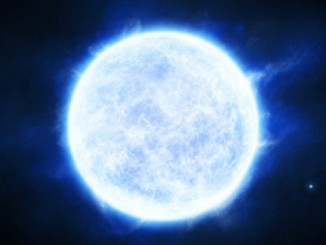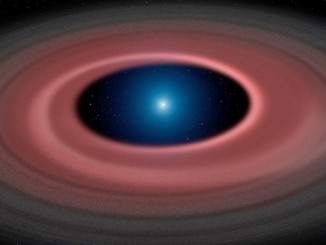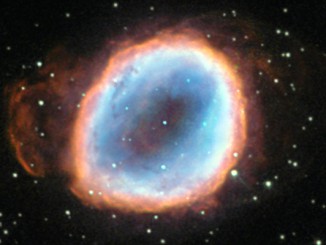
Hottest white dwarf discovered in our Galaxy
With a temperature of 250,000 °C — 45 times that at the surface of our Sun — astronomers believe that this dying star in the outskirts of the Milky Way may have peaked at 400,000 °C a thousand years ago. The researchers were also the first to observe an intergalactic gas cloud moving towards the Milky Way — indicating that galaxies collect fresh material from deep space, which they can use to make new stars.









